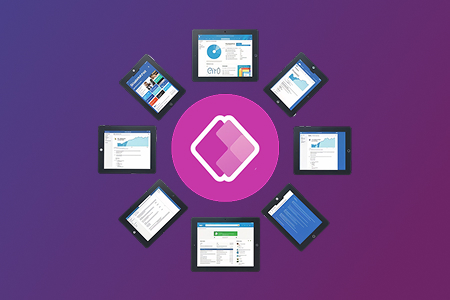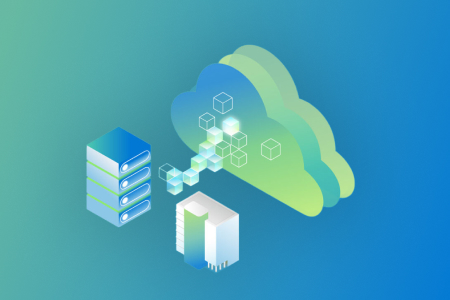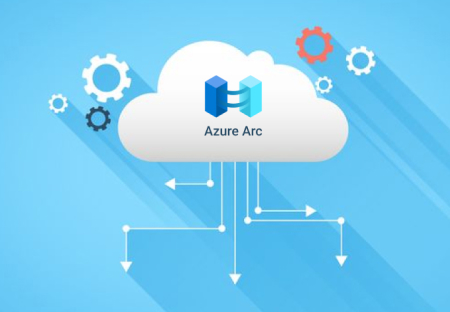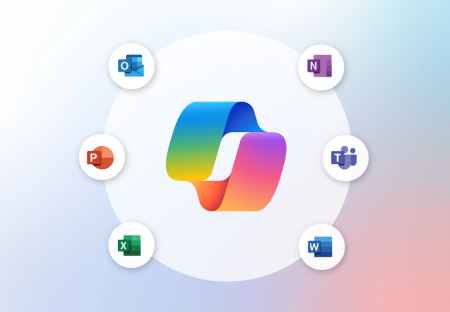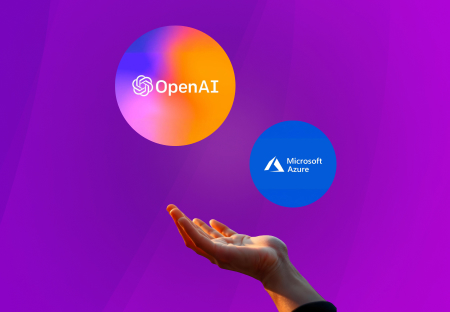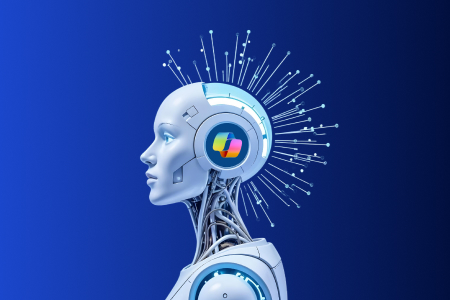In the dynamic realm of software architecture, Microservices Development has become a cornerstone for creating agile, scalable, and resilient applications. This blog explores key strategies to maximize the potential of Microservices and API development, focusing on efficiency, scalability, and seamless integration.
Embracing Microservices Development Best Practices
Modularization for Agility
In the world of Microservices, modularity is king. Break down your application into independent, manageable modules, fostering agility and making it easier to adapt to evolving requirements.
Decentralized Communication
Enable seamless communication between microservices through decentralized architectures. This not only enhances system resilience but also allows for independent scaling, optimizing resource utilization.
Containerization Magic
Leverage containerization tools like Docker to encapsulate microservices. This strategy ensures consistency across various environments, streamlining deployment and management processes.
API Integration for Enhanced Functionality
Building Robust APIs
In the Microservices ecosystem, APIs act as the glue that binds components together. Develop robust APIs that facilitate smooth communication between microservices, ensuring data consistency and efficient functionality.
API Security Measures
As you embark on Microservices and API development, prioritize security. Implement authentication and authorization protocols to safeguard data integrity and prevent unauthorized access to sensitive information.
Overcoming Challenges in Microservices Development
Navigating Complexity
Microservices bring complexity, and effective navigation requires a strategic approach. Implement comprehensive monitoring and debugging mechanisms to swiftly identify and resolve issues.
Continuous Testing for Reliability
Ensure the reliability of your Microservices through continuous testing. Automated testing processes can catch potential glitches early in the development cycle, preventing issues in the live environment.
FAQ: Demystifying Microservices Development
Q1: Why choose Microservices Development over monolithic architecture?
Ans: Microservices offer scalability, resilience, and agility by breaking down applications into independent components, unlike the rigid structure of monolithic architecture.
Q2: How can organizations ensure secure API development?
Ans: Secure API development involves implementing encryption, proper authentication, and authorization protocols to protect data and prevent unauthorized access.
Q3: Are there tools to simplify Microservices and API development?
Ans: Yes, tools like Kubernetes, Docker, and API gateways simplify Microservices and API development, enhancing efficiency and manageability.
Q4: Can Microservices be applied to small-scale applications?
Ans: While Microservices excel in large, complex applications, their principles can be scaled down for smaller projects, offering flexibility and adaptability.
Q5: What role does DevOps play in Microservices Development?
Ans: DevOps practices facilitate the seamless integration of Microservices by fostering collaboration between development and operations teams, ensuring a streamlined development lifecycle.
Conclusion
In the fast-paced world of technology, adopting Microservices is more than a trend—it’s a strategic move toward a future-ready, scalable architecture. By implementing these strategies and embracing best practices, organizations can unlock the full potential of Microservices and API development, revolutionizing the way we build and deploy applications.



